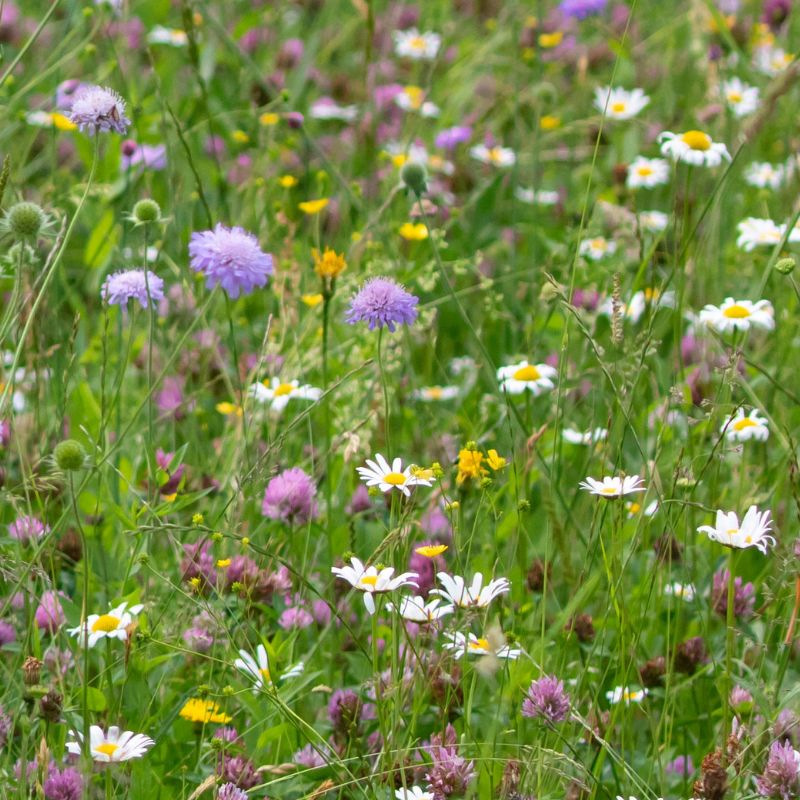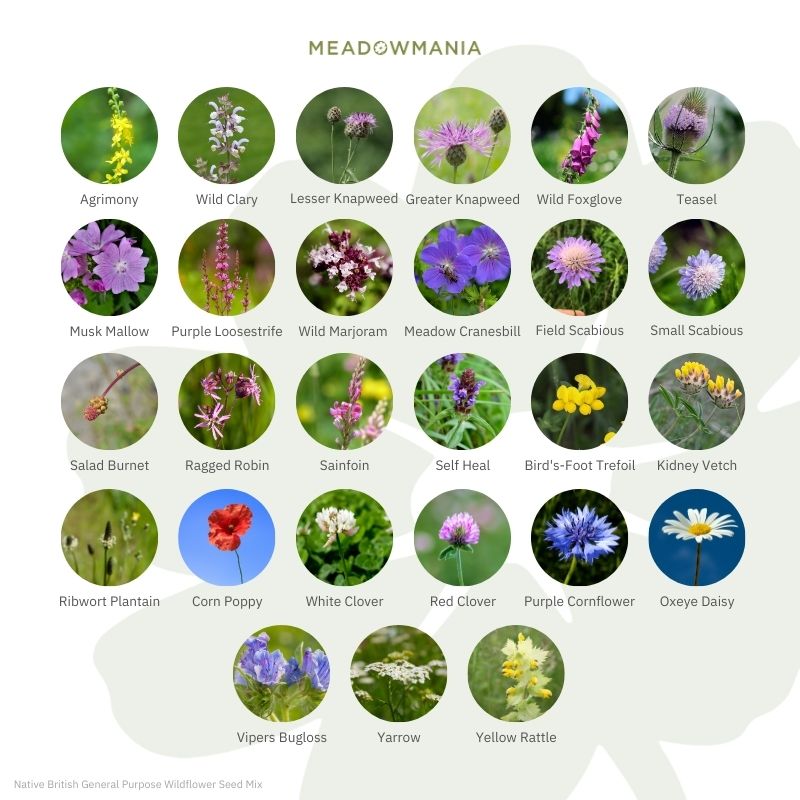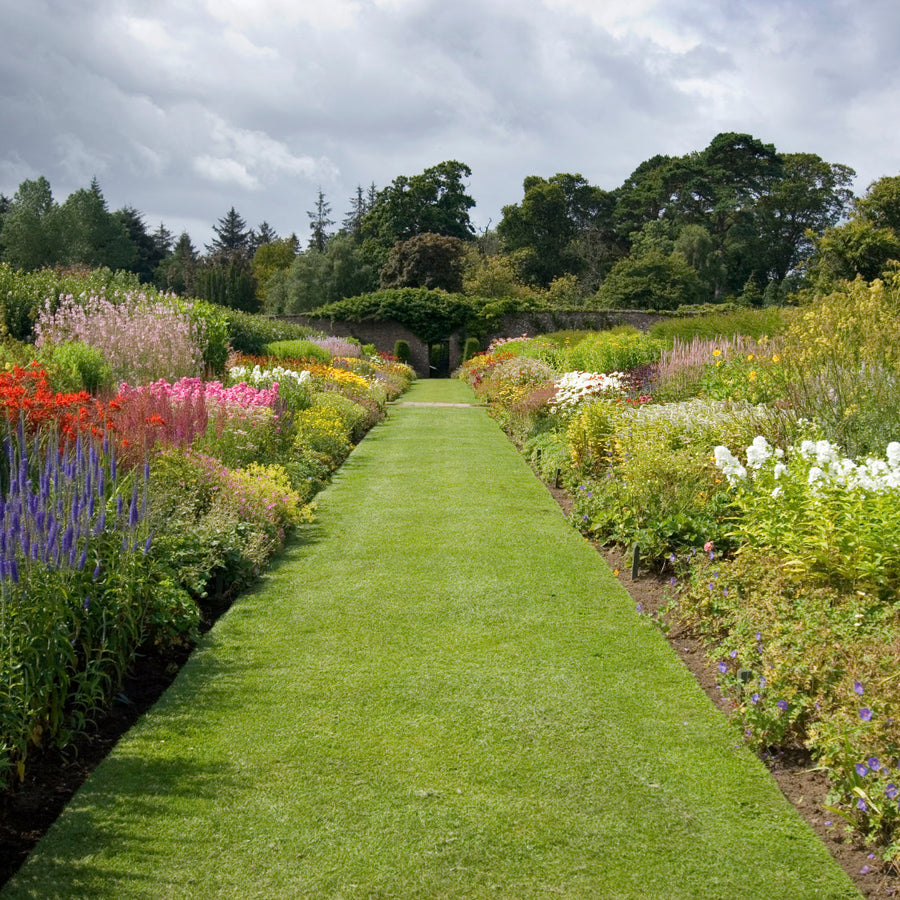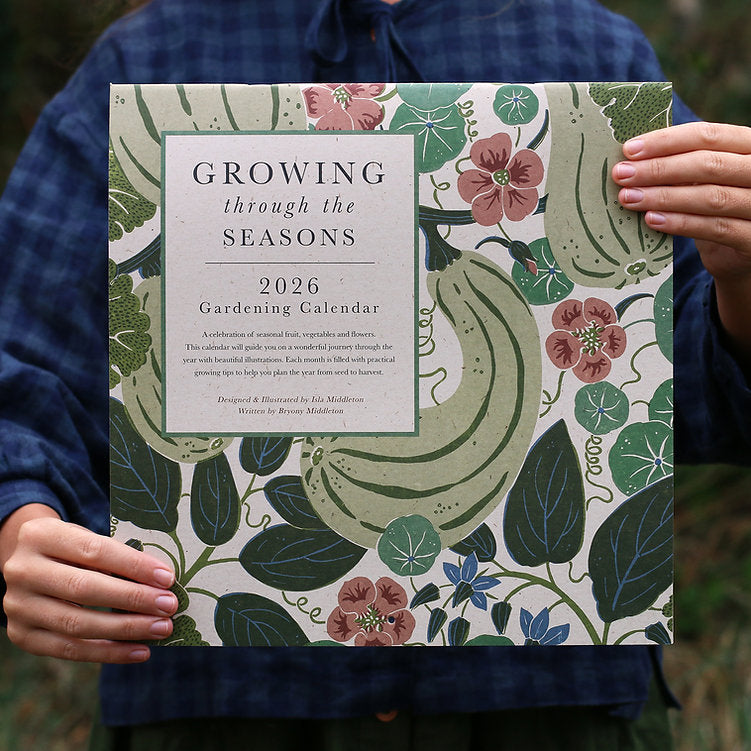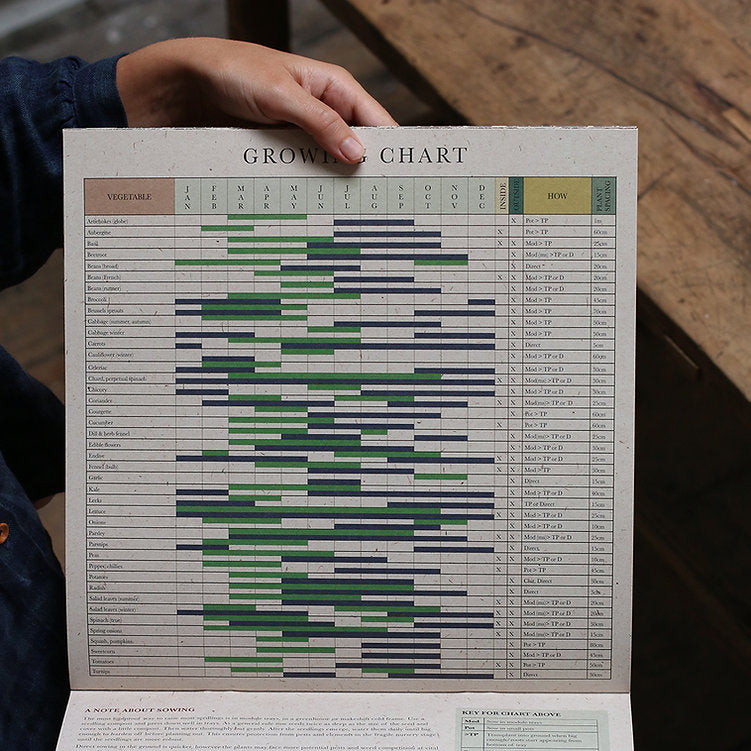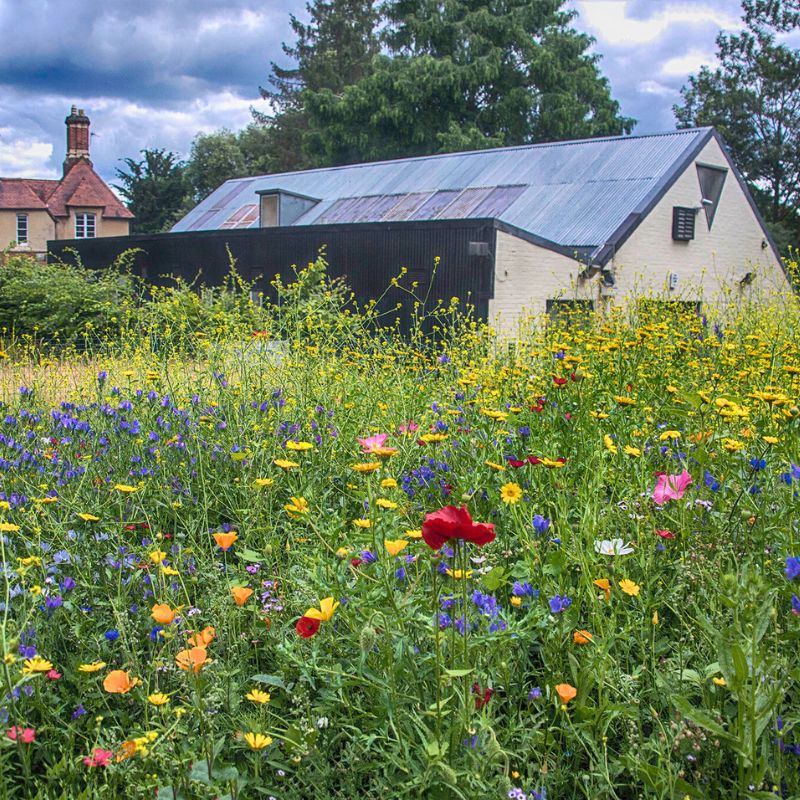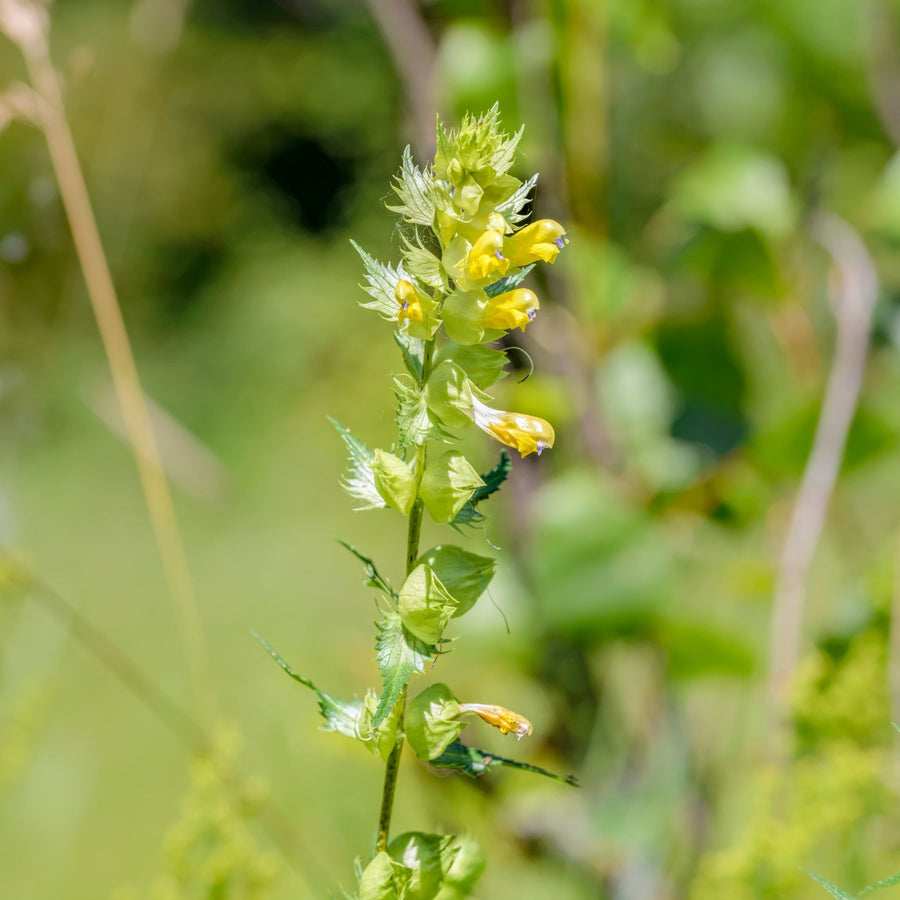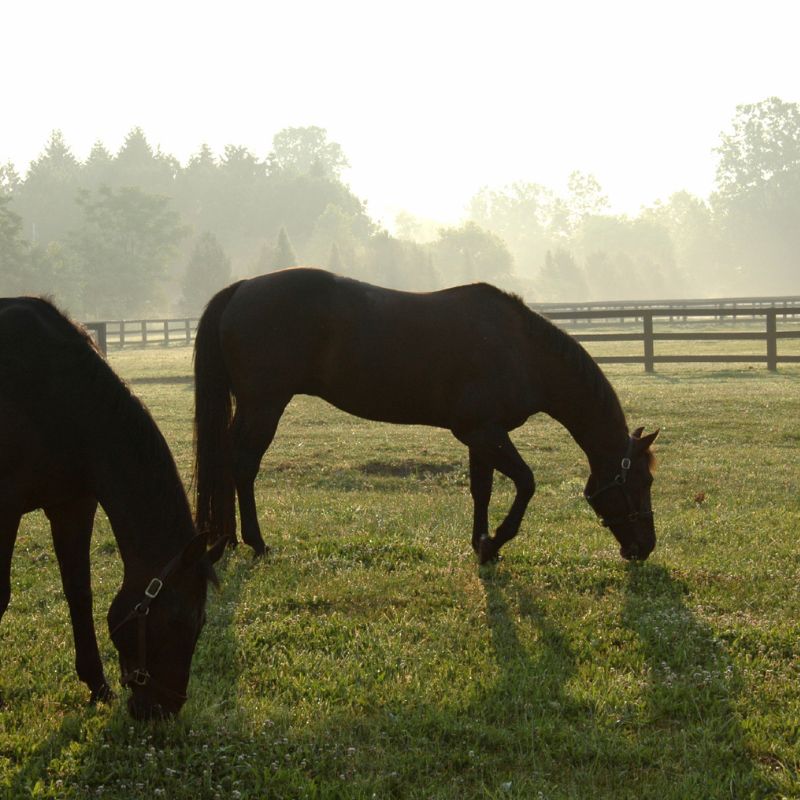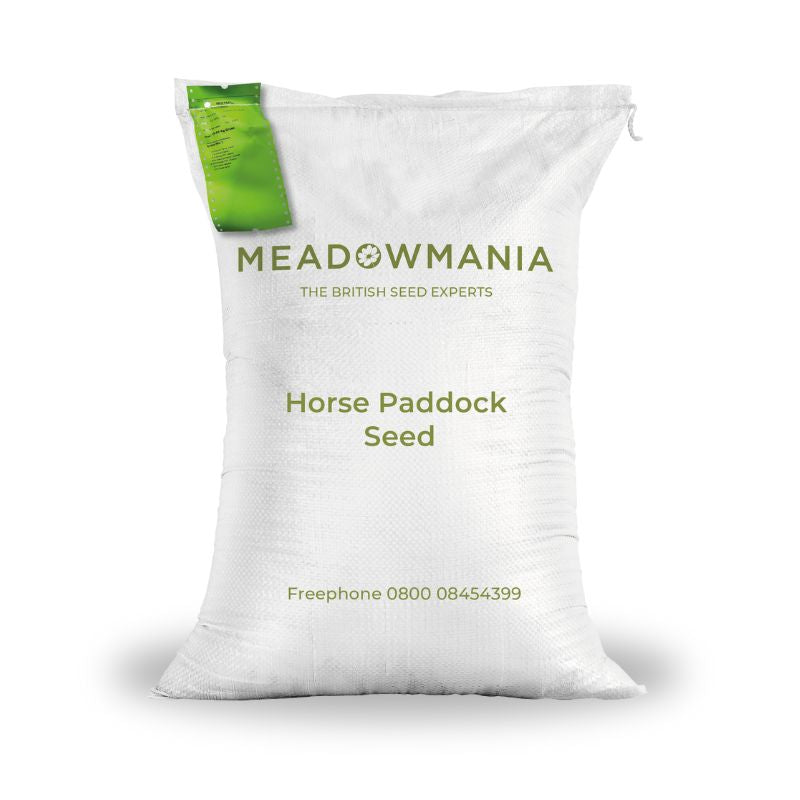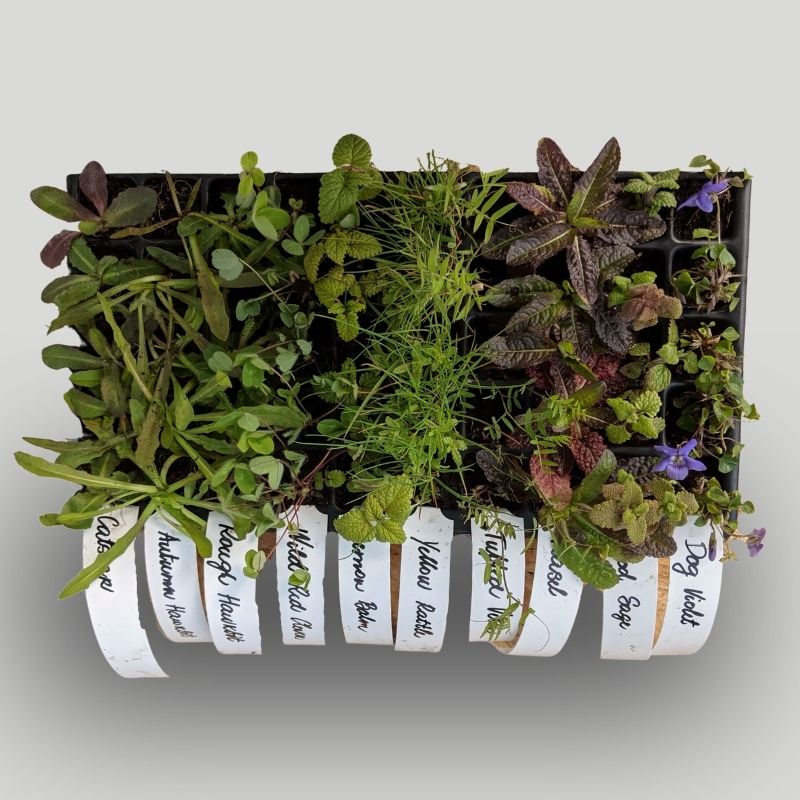
Growing Betony (Stachys officinalis): How and Where
Betony (Stachys officinalis)
Betony (Stachys officinalis) is a bushy, clump-forming plant, producing many flowering stems which are covered in purple-red blooms. When in flower, betony is an important source of nectar and is extremely attractive to bees and many species of butterfly such as the Brimstone butterfly.
Betony thrives in a sunny to semi-sunny or shady location in most well-drained soils and can cope well with heavy clay. It can be found growing in grasslands, open woodlands and hedgerows, and also makes an excellent garden plant. Betony grows alongside plants such as Lady’s Bedstraw, Oxeye Daisy and Dropwort.
In ancient times, betony was valued as a medicinal herb.
How and where to grow Betony
| Flowering season: | Blooms from June to August |
| Height: | Grows from 10 to 60 centimetres |
| Sites: | Will grow in many conditions but does well on heavy soils and in shade |
| Cultivation: | It is a perennial plant that will grow readily from seed or from plugs. It does produce an abundance of seed. Sow the seed in late summer or spring where it is to flower. |
How to plant Betony plug plants:
It is important to understand that perennial plugs will take some time to establish. If planted in the spring it is unlikely they will flower in the same year. They will establish during the first growing season and then flower in the second year, returning then year after year.
Wildflower plugs are best planted between September and May.
- Delay planting if the soil is dry, hard or frozen.
- Water the plugs before planting.
- To remove the individual plug plants push them up and out using the hole in the bottom of each cell.
- Cut any grass very short and rake out any thatch.
- Plant around 5 plugs per square metre.
- Plant at least 3 of any one species near each other.
- Once planted keep the plants watered during their first 6 weeks. The most common losses are caused by the plugs drying out just after planting.
After planting, when necessary, mow the area of grass containing the plug plants with your mower blades set at a high setting. Ideally about 4 inches (10 cm). This prevents the grass from growing too tall and covering the young wildflower plants and will allow them enough light and warmth to build up a good leaf and root system. When they are established stop mowing and let them grow on.


